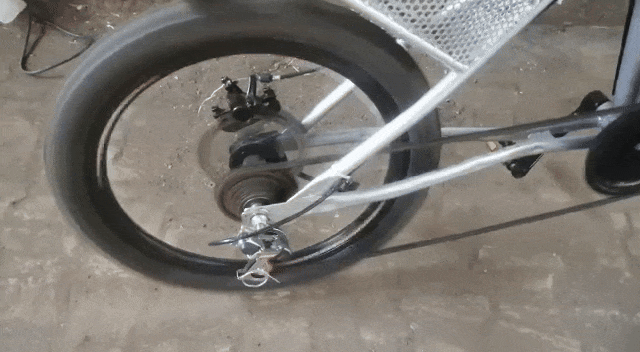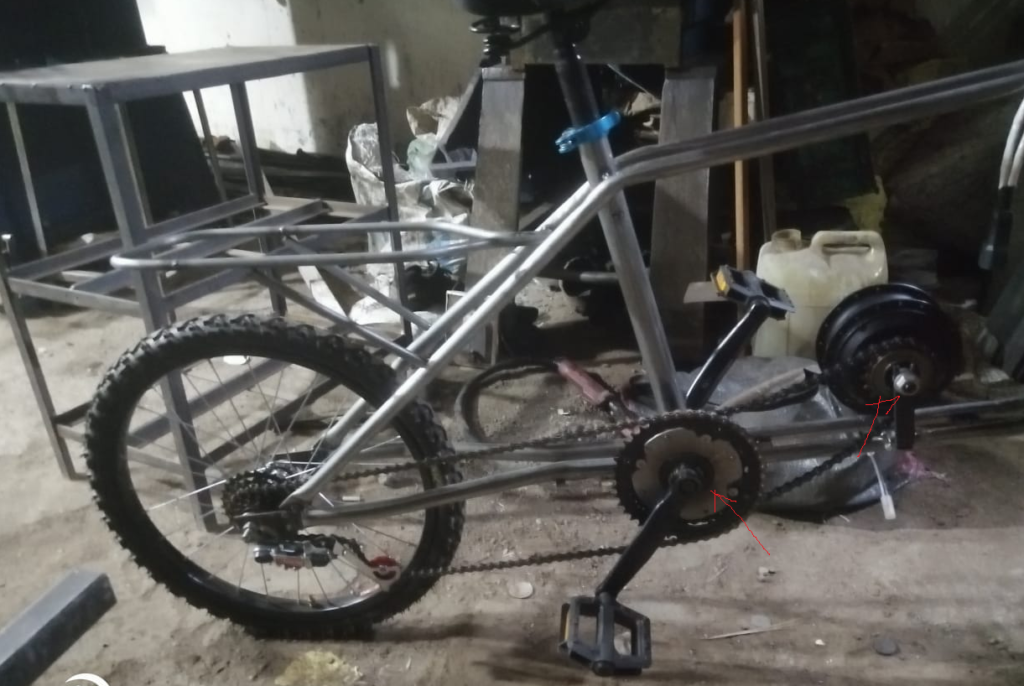
At EGearMoto, we recognized early on that the future of electric bicycles in India lies in mid-drive gearbox systems rather than the traditional hub motors that dominate the market. While mid-drive technology is well-established globally, it remains a niche and expensive solution compared to hub motors, which are cheaper and widely used in Indian e-bicycles. The image above is the final working proof of concept of the mid-drive system that we are going to use.
A hub motor drives the wheel directly, but a mid-drive system transfers power through the chain, just like in a regular bicycle, allowing the rider to change gears based on terrain. This provides better efficiency, torque, and range, especially on inclines, but also increases complexity and cost.
Despite its advantages, big companies avoided investing in mid-drive e-bicycles in India. The e-bicycle market itself remains small and fragmented, mostly catering to delivery riders rather than the general public. With limited commercial viability, established players hesitated to develop mid-drive systems, leaving the innovation to startups like us at EGearMoto.
Determined to push the boundaries, we began with our own experiments, initially converting readily available Chinese hub motors into mid-drive units. This gave us valuable insights into power transmission and control dynamics, but we soon realized that a custom-built solution was necessary to achieve the performance and reliability we envisioned.

Above is the example of the first ever mid drive created by team EGearMoto. It was created using the widely available Chinese hub motor as the basic motor. This was a very simple implementation of a much more technical task.
Technical design below

Ignore the leaner tires here than those in the running video, this image was taken before the final tires were added. We did two things here
- We mounted the chainwheel onto the bicycle’s freewheel mechanism, allowing the pedals to remain stationary while the running chain continued driving the rear wheel. By incorporating a one-way locking system, the chain engaged and transferred power only when the rider pedaled.
- A second freewheel was integrated at the motor—specifically, the hub motor in this case—to isolate the rider’s pedal strokes. This mechanism engaged only when the motor provided power, ensuring that it remained disengaged while the rider pedaled. Without this system, the motor would continuously draw energy from the rider’s pedaling effort, leading to unnecessary resistance and reduced efficiency.
We achieved this in December 2022 and since then we continued on our quest to better this basic setup. We will continue this in other posts on it.
